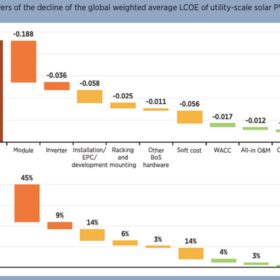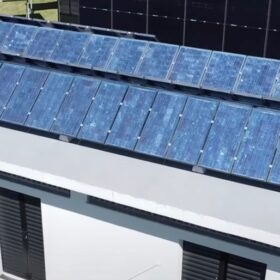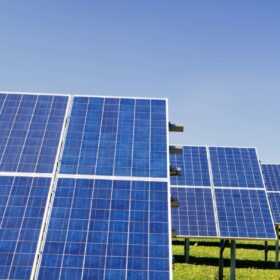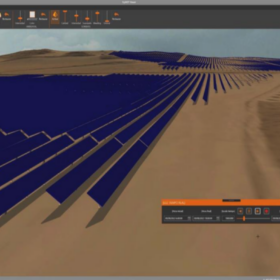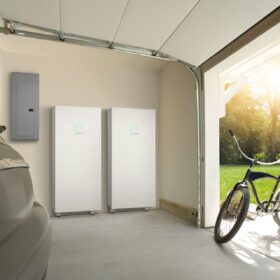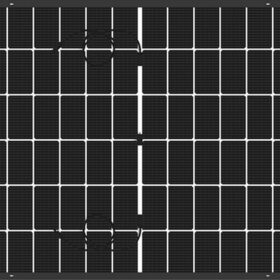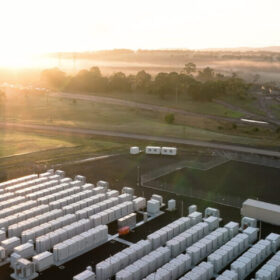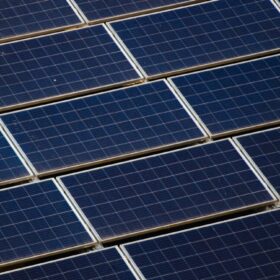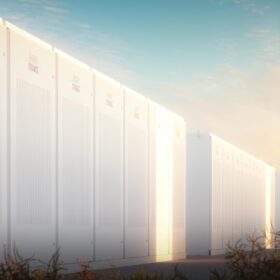Global average solar LCOE stood at $0.064/kWh in 2023, says IRENA
The weighted average levelised cost of electricity of utility-scale solar PV in Australia was 22% lower than the global average according to a new report published by the International Renewable Energy Agency.
The shifting sands of PV module supply
Chinese solar manufacturing capacity faces a downturn that is unlikely to translate into growth in other regions, writes S&P’s Edurne Zoco.
Circular economy and solar photovoltaics: is there a case for second-life PV modules?
What happens to a solar PV module after its expected 25-year operational life? With about 2 TW of rooftop and utility-scale PV already deployed worldwide, and a large number of them being retired before operating for 15 years, the amount of PV modules being discarded is growing every year.
IEA calls for stronger solar, wind integration measures
The International Energy Agency’s latest report warns that failing to support integration at the point of deployment could jeopardise up to 15% of solar and wind projects by 2030. This shortfall would reduce their combined share of the global electricity mix by 5%.
New tool optimises ground works, PV tracker planning
Spanish PV company Soltec and Aplitop have partnered to develop a computer-aided design plug-in application aimed at simplifying the planning process and reducing earth-moving operations, measurements, and the relocation of solar trackers in ground-mounted PV projects.
Most home battery storage systems meet warranty claims, new research finds
It took eight years of field measurements for researchers at the RWTH Aachen University in Germany to estimate the usable capacity of home battery energy storage systems and develop a dataset covering 106 system years and 14 billion datapoints. Their key finding was that home battery systems lose about two to three percentage points of usable capacity per year on average, meaning good news for the industry as most warranties in the market can be met with the implementation of capacity reserves.
Sharp unveils 450 W bifacial TOPCon module with 22.52% efficiency
Sharp’s new IEC61215- and IEC61730-certified solar panels have an operating temperature coefficient of -0.29% per C and a bifaciality factor of more than 80%.
Envertech launches microinverters for PV systems with up to 60 modules
Envertech says it has developed microinverters for PV systems supporting up to 60 modules, allowing up to four modules per unit with separate maximum power point tracking.
COP29 to propose 1.5 TW energy storage target by 2030
This year’s UN Climate Change Conference could adopt a target to increase global energy storage capacity more than sixfold by 2030. To achieve this, the world would need to add more than 158 GW of energy-storage capacity annually.
SmartHelio launches AI solar forecasting tool with 98.5% accuracy
SmartHelio has developed an AI solar forecasting tool with 98.5% accuracy, using socioeconomic details and climate data for predictive analytics.
